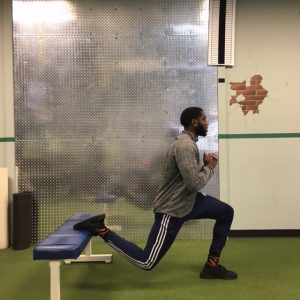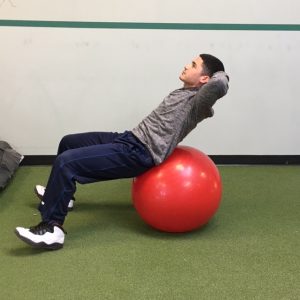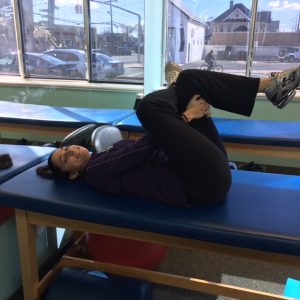Both quick and easy, this cold salad will get you ready for the warmer weather!
Prep Time: 8 minutes
Servings: 5
Ingredients:
- 2 medium cucumbers, peeled and cubed
- 1-2 mangos (about 8 ounces), pitted and cubed
- 3 cups cooked chickpeas
- ¼ cup raisins
- ½ cup fresh mint, chopped
Dressing:
- 2 tbsp olive oil
- 3 tbsp fresh lemon juice
- 1 small shallot, minced
- Sea salt and freshly ground pepper
Directions:
- Cut the cucumbers and mango into small chunks about the size of the chickpeas. In large bowl, combine cucumbers, mango, chickpeas, raisins, and mint.
- In separate bowl, whisk together all dressing ingredients. Pour over salad, mix, and serve.
Nutrition:
- Calories 271
- Carbohydrates 42g
- Fat 7g
- Protein 10g
- Fiber 9g




